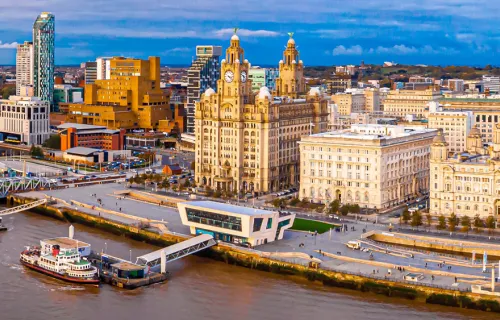It’s a generally accepted concept that all physical materials decay over time. Rocks, food, metal, bones, people, etc… all of these things become weaker or decompose gradually, at different speeds. Scientists call this natural process “half-life”; a concept that can be applied to any area where the quantity or strength of something decreases over time. This concept has been proven with tangible things, but should we apply it to intangible or abstract things like information or knowledge? I would argue they also decay over time, becoming obsolete and ultimately end up either useless, or transformed. Economics and mass marketing are good examples.
Over the past century, economic models and corporate strategies have been based on the traditional idea that customers only make rational decisions, always trying to maximise utility regardless of context. This line of thinking has become increasingly archaic over the years; customers making decisions in this way occur somewhere between rarely and never.
Over the last decade, behavioural science has been providing a broader and richer perspective on what motivates customers to buy a specific product or service, highlighting the fundamental importance of context (and experience), as well as relevant psychological and biological aspects.
Still, despite all these recent developments and overwhelming evidence provided by behavioural scientists, many bank’s marketing strategy is still based on the “old school” economics, treating customers as rational agents primarily motivated by financial gain and utility maximisation. Their customer acquisition strategy goes something like this: “If I give you £100 would you open an account here?” No? “What about £150?” Are we running an auction now? That is a fraction of the real cost of acquiring a new customer, and the well-informed customer knows it.
With the advent of Open Banking, the concept of account switching is quickly becoming less valuable and less relevant. As you have probably seen in multiple articles and whitepapers recently, Open Banking fundamentally breaks down the financial services value chain in multiple parts, forcing banks to abandon their monolithic business model and rethink how they design products and how they reach the customer.
At the same time, this value chain fragmentation has attracted fintechs with niche offerings; offerings that occasionally compete, but more often complement incumbent’s capabilities. In the Open Banking ecosystem (from a customer perspective) the institution that holds the customer’s financial data doesn’t necessarily have to be the same one that provides financial services. I can have a personal current account in one bank and use another bank or third party to initiate a payment, and even a third bank to get insights into my expenses. So, why switch?
Are banks taking Open Banking into consideration when defining their customer acquisition strategies? I don’t think so. To offer a financial incentive is not only ineffective, but it also underestimates the customer’s expectation and intelligence.
What’s the point in switching to a bank that can’t provide good customer service, or doesn’t provide competitive fees/rates? I may get £100, but it’s also likely I’ll waste precious minutes, potentially hours, on the phone or in the branch trying to resolve simple problems. On top of that, these interactions may change my emotional state given the accumulated frustration of waiting on the line and unnecessary friction to resolve simple things. Pragmatically speaking, my time and mental health are worth much more to me than a few hundred pounds; the real value is in making the best possible use of my time and energy.
Equally, the concept of half-life can also be applied to the latest TV marketing campaigns being produced by banks. The power of social media platforms is making traditional campaigns like this gradually less and less effective, regardless of how big the marketing budget is, or how bold (and emotional) the adverts are. Counterintuitively, what really matters now is what your customer will say to other customers; that's the real power of social media. Now your customer can be either your strongest brand advocate or your biggest detractor. Therefore, banks should be rewarding customers throughout the relationhsip, not just at the outset when people open a new bank account. Customers should be rewarded when they spend time interacting with digital channels, inviting their friends, reporting bugs in applications. Guess what most fintechs and challenger banks are doing?
When the CMA (Competition and Markets Authority) published the final report of the market investigation into Retail Banking, the headline was “Making banks work harder for customers”, not “Making banks pay more for customers”.
Open Banking allows banks to ingest more data about customers and a develop a more intimate relationship as a result, so why not use these new data sources to develop a better understanding of customer expectations and develop better propositions instead? Given the new market opportunities created by Open Banking, providing financial incentives to customers feels like a shortcut; the path of least resistance. I think the answer is for banks to work harder if they want not only acquire, but retain customers and build a long-term and mutually beneficial relationship.
To find out more, get in touch today.





